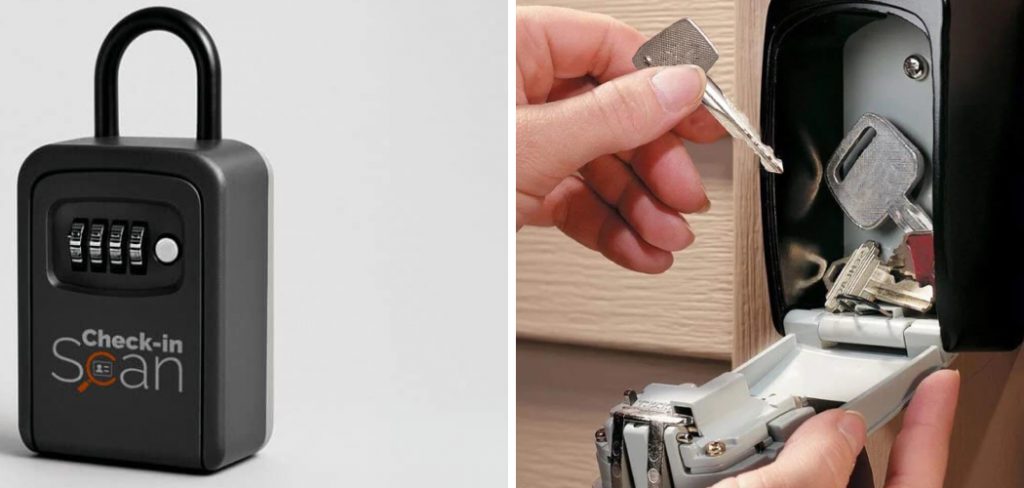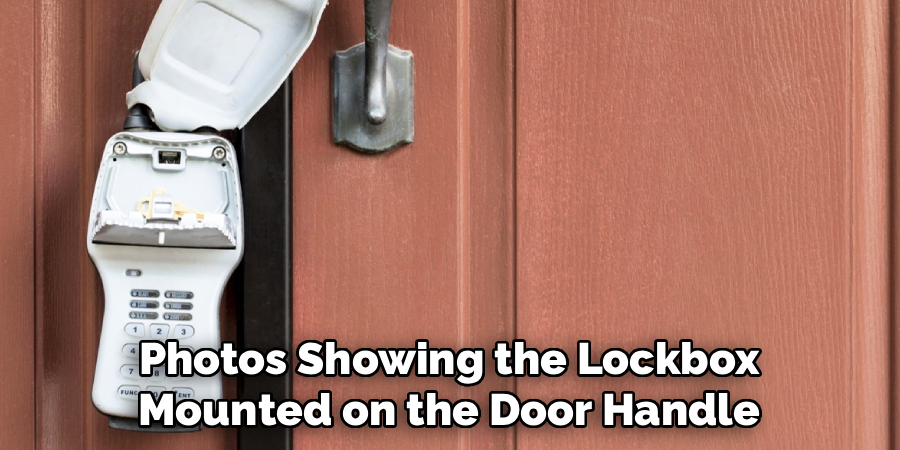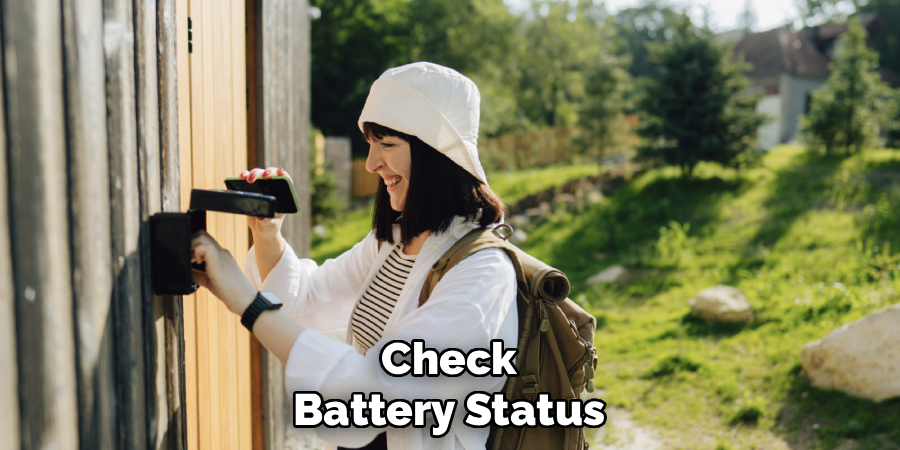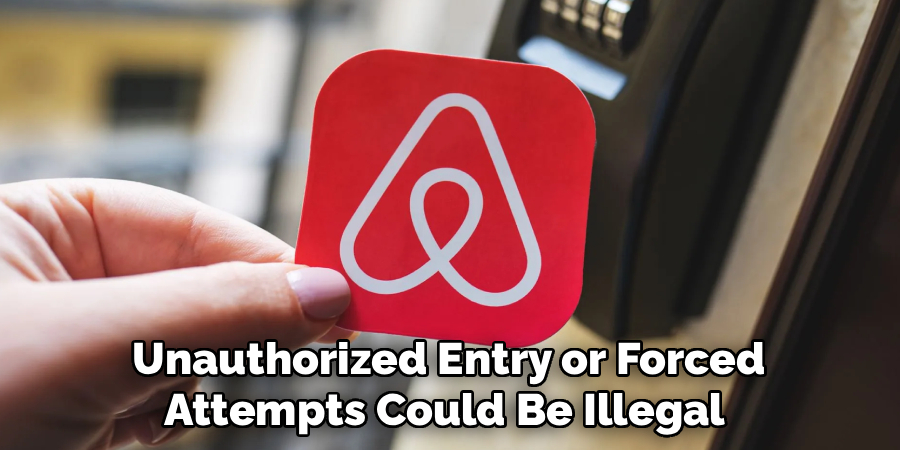Opening an Airbnb lockbox is a simple and secure way to access the keys for your stay. Lockboxes are commonly used by hosts to provide guests with easy, contact-free check-in options.

By following a few straightforward steps, you can retrieve the keys and begin enjoying your accommodation hassle-free. This guide will walk you through the process of How to Open Airbnb Lockbox.
What is an Airbnb Lockbox?
An Airbnb lockbox is a secure storage device used to hold the keys to a rental property. Typically made of durable materials like metal or heavy-duty plastic, these lockboxes are designed to be tamper-resistant and weatherproof.
They are often equipped with a combination lock or keypad for entry, ensuring only authorized individuals can access the keys. Hosts use lockboxes to provide a convenient and flexible check-in solution, allowing guests to access the property without needing to meet in person.
Lockboxes are usually installed near the entrance of the property, such as on a wall, a fence, or a doorknob, and they play a crucial role in streamlining the check-in process for both hosts and guests.
Information You’ll Need Before Opening
Before attempting to open a lockbox, it is important to have the necessary information at hand to ensure a smooth and efficient process. First and foremost, you will need the access code provided by the host or property owner. This code is typically unique to your stay and may be sent via email, text message, or through a booking platform.
Additionally, confirm the exact location of the lockbox, as it may be attached to various points near the property such as a wall, fence, or door handle. It’s also useful to know the proper operation instructions for the specific lockbox model, as designs can vary. Being prepared with these details will help avoid unnecessary delays or complications during check-in.
Common Types of Airbnb Lockboxes
There are several types of lockboxes commonly used by Airbnb hosts, each offering unique features and varying levels of security. One of the most popular is the push-button lockbox, which requires users to input a numeric code on a keypad to access the keys inside. Another common option is the rotary or dial lockbox, where guests must align a specific combination on a rotating wheel to open the device.
For hosts seeking more advanced solutions, smart lockboxes are an increasingly favored choice; these models often connect to Wi-Fi or Bluetooth, allowing for remote access control, temporary code generation, or even keyless entry. Lastly, some hosts may utilize wall-mounted lockboxes, which are securely affixed to a permanent surface to prevent theft or tampering. Understanding these different lockbox types ensures that guests can quickly adapt to the provided system and enjoy a smooth check-in process.
10 Methods How to Open Airbnb Lockbox
Check the arrival instructions from the host first.
Hosts commonly provide detailed arrival instructions in the Airbnb app or via direct message, including the lockbox location and the exact access code or sequence. Before trying anything else, read the most recent message thread for the reservation; hosts sometimes send an updated code shortly before check-in and may include clarifications about which lockbox on the property is the correct one.

Verifying these written instructions helps you avoid simple mistakes, such as using an old code or looking at the wrong box, and it documents that you followed the host’s directions if any confusion arises.
Use the Airbnb app’s message thread to request the current code.
If you cannot find the code in the arrival instructions or you suspect it has changed, the safest immediate step is to message the host through the Airbnb app and politely request the current lockbox code.
Because the app timestamps conversations and links the request to your reservation, this method is secure and creates an audit trail. Most hosts respond promptly; many will provide a one-time code or confirm the exact steps to open their specific model of lockbox. Avoid calling or texting outside the app unless the host provided a direct phone number.
Confirm the correct lockbox model and code format.
Lockboxes vary: some use push-button sequences, some use dials, and some are electronic key safes that require entering a code then pressing a release lever.
Once you have the code, double-check the model so you enter it correctly. For example, a four-digit code on a push-button unit may require pressing “Enter” or pushing a release tab, whereas an older mechanical model might need the dials to be precisely aligned before lifting the cover. Observing the box’s physical mechanism will prevent accidental code lockouts caused by incorrect input.
Look for clarifying photos or a location hint from the host.
Hosts frequently include photos showing the lockbox mounted on the door handle, railing, fence post, or mailbox. If the lockbox cannot be found where you expect, request or review the posted photos to locate it. Hosts will sometimes hide the box in a recessed area for security or place it on a neighboring structure.
A quick photo can save time and avoid unnecessary attempts to open the wrong device. If the host provided GPS coordinates or a written landmark (for example, “on the left side of the blue gate”), use those as your guide.

Check battery status or physical condition if the box is electronic.
If you reach a battery-powered electronic lockbox and it fails to respond, the batteries may be depleted. If you are the host, replace batteries according to the manufacturer’s guidance; if you are a guest, contact the host immediately and request a battery change or an alternative access method. Do not attempt to open the box by disassembling it. If the lockbox appears physically damaged or frozen from rust, inform the host and do not force the mechanism; forcing could damage the property and lead to liability.
Use a backup key location if the host provided one.
Some hosts leave a backup physical key in a secondary locked location—such as a porch key safe, a combination box inside a gated community office, or with a building superintendent.
If the host mentioned a backup key, confirm the precise hiding place and any additional required codes or instructions. Carefully follow the host’s directions and return the backup key to its agreed location when you depart. Always ensure you understand whether the backup key is intended for temporary guest use or for emergency access only.
Contact building staff or a concierge when applicable.
If the rental is inside an apartment complex, co-op, or managed building that provides concierge or super services, those staff members may have authorized access procedures for guests and can assist in retrieving keys or directing you to the right lockbox.

Before involving building staff, obtain explicit permission from the host. Many hosts coordinate with building management ahead of guest arrivals; if they have done so, the concierge may verify your identity against the reservation before granting access.
Ask the host for a temporary one-time code or remote unlock.
Some hosts have smart lock systems that they can control remotely or that generate one-time codes from a management portal. If the lockbox is linked to such a system, request that the host send you a temporary code or trigger a remote unlock while you stand at the property. This method is convenient and secure because temporary codes expire after use, and remote unlocking leaves a digital record. Always confirm the window of time during which the temporary code will work.
Use Airbnb’s Help Center or emergency contact if the host is unresponsive.
If the host does not respond and you are locked out at the scheduled check-in time, use the Airbnb app’s Help Center to report the issue and request assistance. Airbnb can attempt to contact the host, provide guidance about next steps, and help you arrange alternative accommodations if necessary. Keep screenshots of your messages and any failed attempts to open the lockbox; documentation helps Airbnb evaluate the situation and may be relevant for refunds or rebooking options.
Hire a locksmith only as a last resort and with authorization.
If every authorized channel has been exhausted—host, building management, and Airbnb—and you have clear proof that you are a legitimate guest, a locksmith may be able to open the lockbox or the rental door without damaging the property. Before calling a locksmith, obtain written permission from the host or confirmation from Airbnb that a locksmith visit is authorized, and agree in writing on who will pay for the service. Unauthorized entry or forced attempts could be illegal and will likely violate Airbnb policies.

Conclusion
When attempting to open an Airbnb lockbox without the app, always prioritize authorization, documentation, and non-destructive options. These ten methods focus on host communication, correct use of the device, building resources, and platform support; they avoid unsafe or illicit techniques and preserve both your security and the host’s property. Thanks for reading this blog post on how to open airbnb lockbox! We hope you found it helpful and informative.
About
Safety Fic is a distinguished figure in the world of Diy design, with a decade of expertise creating innovative and sustainable Diy solutions. His professional focus lies in merging traditional craftsmanship with modern manufacturing techniques, fostering designs that are both practical and environmentally conscious. As the author of diy, Safety Fic delves into the art and science of Safety Fic-making, inspiring artisans and industry professionals alike.
Education RMIT University
(Melbourne, Australia) Associate Degree in Design (Safety Fic) Focus on sustainable design, industry-driven projects, and practical craftsmanship. Gained hands-on experience with traditional and digital manufacturing tools, such as CAD and CNC software.
Nottingham Trent University
(United Kingdom) Bachelor’s in diyfastly.com and Product Design (Honors) Specialized in product design with a focus on blending creativity with production techniques. Participated in industry projects, working with companies like John Lewis and Vitsoe to gain real-world insights.
Publications and Impact
In diy, Safety Fic his insights on indoor design processes, materials, and strategies for efficient production. His writing bridges the gap between artisan knowledge and modern industry needs, making it a must-read for both budding designers and seasoned professionals.
